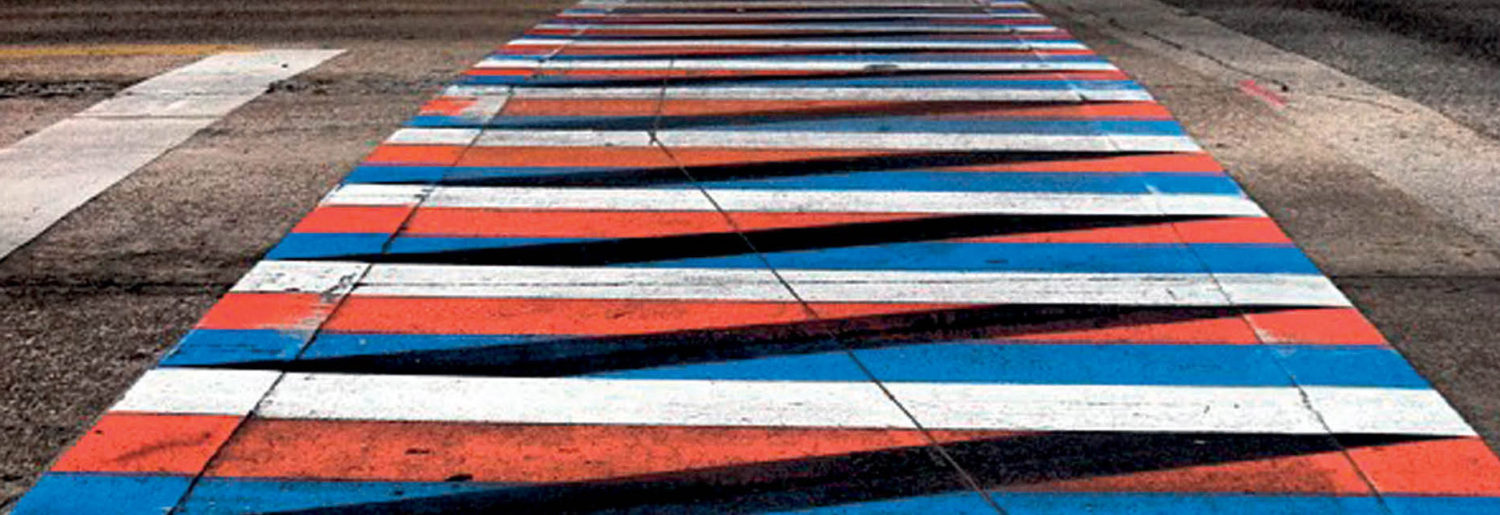Analyzing the 2010 court case brought against Devoir d’Insolence authors Bouamama and Zone d’Expression Populaire, the chapter reveals a paradox: the act of fighting discrimination in France is itself increasingly labeled ‘discriminatory’. In fact, this case (and others like it) coincides with the rising currency of the term ‘anti-white racism’ in France. This chapter therefore proposes that ultimately meeting the larger goals of both the authors and artists examined in the book’s earlier chapters, as well as the many scholarly studies that have sought to contest such restrictive understandings of Frenchness requires a complementary approach: interrogating the latent association between whiteness and Frenchness. To this end, it reads Devoir d’Insolence alongside Salif Keïta’s rerelease of ‘Nou Pas Bouger’ featuring L’Skadrille (2007), revealing how these artists and authors destabilize not only images of Frenchness and foreignness, but also the institutionalized spectacularism that perpetuate them. Finally, this chapter also takes seriously the call emanating from the works themselves, which suggest that continuing to position racial and ethnic minorities as the object of inquiry while refusing to subject whiteness to the same scrutiny constitutes institutionalized spectacularism. This chapter therefore proposes that scholars must critically interrogate whiteness within the field of French cultural studies.
Chapter Abstracts
Chapter 4

This chapter continues the book’s inquiry into the way twenty-first century authors and artists interrogate institutionalized spectacularism both in their works’ content and form by analysing Léonora Miano’s intermedial novel Blues pour Élise (2010). The novel probes the relationship between minorities’ literal (in)visibility within predominantly whitewashed mediascapes (Appadurai) and their figurative recognition. Far from simply pointing out how the relative absence of racial and ethnic minorities within France’s mediascape impacts its Afropean characters, however, the novel puts itself forth as an Afropean mediascape—its own remedy to the normative, whitewashed French mediascape. Juxtaposing two characters’ views on how to improve Afropeans’ literal and figurative visibility in France, the chapter also reveals underlying causes of this (in)visibility: the painful traumas of France’s colonial past. The novel, then, suggests that opening these painful histories can prove cathartic for all populations involved, and can lead to more inclusive visions of French national identity.
Chapter 3
This chapter analyses two principal cultural works: Ivorian Coupé-décalé music and Alain Mabanckou’s novel Black Bazar (2009). On its surface, Black Bazar seems to participate in the larger trend of ‘writing to right’ explored in chapter 2 within what scholars have termed ‘Black France’. A closer look, however, reveals that the novel’s main protagonist’s (Fessologue’s) seeming refusal to engage politically about notions of race and ethnicity is merely a façade that exposes and subsequently calls into question the position of the ‘minority-author-as-native-informant’ ascribed to those authors and artists studied in chapter 2. Chapter 3 proposes that in addition to using the Congolese fashion Sape movement as a means to examine the tension between writing and reading, the novel also employs ‘literary Sape’ to similar effect. The chapter’s reading of Black Bazar, then, exposes how Fessologue’s danse des griffes—a carefully crafted set of cultural references interrogates institutionalized spectacularism in the cultural realm. Through this formal device, Mabanckou slyly subverts those same reading strategies to which he knows he and his works will be subjected. In so doing, the novel also complements the formal, theoretical interventions Mabanckou (and other authors) has made in interrogating the designation ‘Francophonie’.
Chapter 2
This chapter develops the notion of ‘self-spectacularization’ to describe racial and ethnic minorities’ late-twentieth century efforts to draw attention to and counter the many exoticizing ‘gazes’ to which they were subjected. It focuses primarily on the sans-papiers’ socio-political movement, as well as representations of undocumented or clandestine migrants in literature (J. R. Essomba’s Le Paradis du Nord) and popular music (Salif Keïta’s ‘Nou Pas Bouger’, Meiway’s ‘Je suis sans-papiers’, and Manu Chao’s ‘Clandestino’). In so doing, however, it also contends that the ways Francophone authors and musicians were ‘packaged’ by their respective industries effectively places the author or artist in the role of spokesperson for the communities to which s/he belongs. The works examined in chapter 5 return to and contest this role ascribed to minority authors, arguing that it is yet another manifestation of the ‘exotic gaze’ that allows whiteness and its latent association with notions of ‘normalcy’ to evade critical scrutiny. Chapter 2 therefore ultimately considers whether these early efforts to ‘speak out’ through ‘spectacularizing the self’ nevertheless perpetuate the very ways of looking they seek to contest.
Chapter 1
This chapter asks how France’s children were socialized into the imperial gaze by turning to a small but significant corpus of popular music, printed literature and visual works associated with France’s 1931 Exposition coloniale such as Henri Alibert’s song ‘Nénufar’ and Pol Rab’s illustrated comics of the same name that seem, on their surface, to undermine the Exhibition’s larger claim that its exhibits (and those contained within them) were ‘authentic’. Closer analyses, however, reveal that the comics explicitly stage such moments of colonized subjects’ rebellion to quell its young readers’ anxieties about the potentially dominating and racist nature of their own gaze. The chapter’s conclusion then considers how similar questions about this gaze continue to resurface in the twenty-first century. After discussing recent efforts to censor the resurgence of cultural artifacts (such as Hergé’s comic book Tintin au Congo), the chapter concludes that, while laudable, such efforts to censor racist materials also threaten to allow the larger ways of looking on which they depend from view. It is precisely these ways of looking (and their complex entanglement with notions of ‘self’ and ‘other’) that the Francophone works examined in subsequent chapters expose and ultimately contest.
